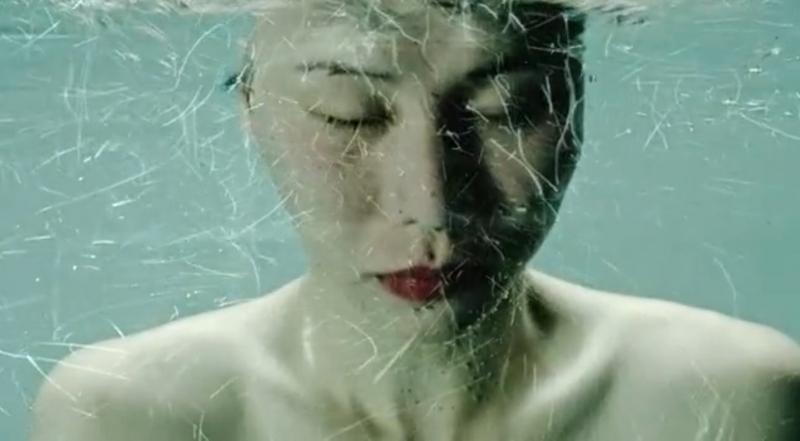
Marshmallow Laser Feast
The tides within us
‘The Tides Within Us’ explores the journey of oxygen from the lungs to the heart and body in a series of installations that echo the ecosystems within nature using medical imaging technology.

The tides within us
‘The Tides Within Us’ explores the journey of oxygen from the lungs to the heart and body in a series of installations that echo the ecosystems within nature using medical imaging technology.

The Immortal
A number of life-support machines are connected to each other, circulating liquids and air in attempt to mimic a biological structure.
The Immortal investigates human dependence on electronics, the desire to make machines replicate organisms and our perception of anatomy as reflected by biomedical engineering.
A web of tubes and electric cords are interwoven in closed circuits through a Heart-Lung Machine, Dialysis Machine, an Infant Incubator, a Mechanical Ventilator and an Intraoperative Cell Salvage Machine. The organ replacement machines operate in orchestrated loops, keeping each other alive through circulation of electrical impulses, oxygen and artificial blood.
Salted water acts as blood replacement: throughout the artificial circulatory system minerals are added and filtered out again, the blood gets oxygenated via contact with the oxygen cycle, and an ECG device monitors the system’s heartbeat. As the fluid pumps around the room in a meditative pulse, the sound of mechanical breath and slow humming of motors resonates in the body through a comforting yet disquieting soundscape.Life support machines are extraordinary devices; computers designed to activate our bodies when anatomy fails, hidden away in hospital wards. Although they are designed as the ultimate utilitarian appliances, they are extremely meaningful and carry a complex social, cultural and ethical subtext. While life prolonging technologies are invented as emergency measures to combat or delay death, my interest lies in considering these devices as a human enhancement strategy.This work is a continuation of my investigation of the patient as a cyborg, questioning the relationship between medicine and techno- fantasies about mechanical bodies, hyper abilities and posthumanism.

EON
“I considered the first life forms on Earth and how we came to be as a way to refer to the Natural Sciences. I looked at fossil records of the first multi cellular organisms of the Ediacaran Period, 555 million years ago for inspiration. I was struck by the theory of symbiosis in evolution; our DNA ancestors are the resultant fusion of single cellular organisms and bacteria. The millions of bacteria in our bodies are our foremothers. EON is a speculative fiction, a depiction of early life forms underwater. The Universe was formed 13.7 billion years ago. The Earth is 4.543 billion years old. Cyanobacteria or blue-green algae were the first microbes to create oxygen on Earth via photosynthesis 3.5 billion years ago. First humans 200,000-300,000 years ago.” Jennifer Steinkamp

INJECT
A HUMAN BODY IS INJECTED IN A CISTERN. OVER THE COURSE OF 45 MINUTES, THE PRESSURE OF THE LIQUID EXERTS UPON HIM MULTIPLE NEUROSENSORIAL TRANSFORMATIONS. FROM HIS EPIDERMAL FIBER TO HIS NERVOUS SYSTEM, HE REACTS TO INFLUXES OF VISCOSITY IN THIS LIQUID CHAMBER. HIS CORTEX, LACKING OXYGEN, GRADUALLY LOSES ALL NOTIONS OF THE REAL. LIKE A HUMAN GUINEA PIG: A MATTER-BODY WHOSE PSYCHOLOGICAL STATES ARE THE OBJECT OF KINETIK TABLEAUX, OF SINGULAR TEMPORAL SPACES.